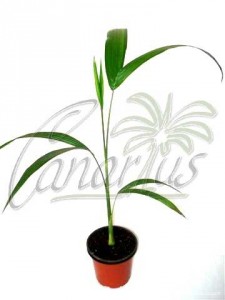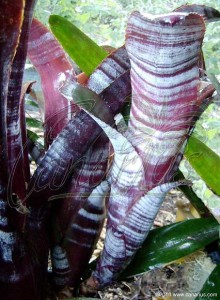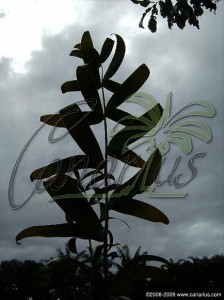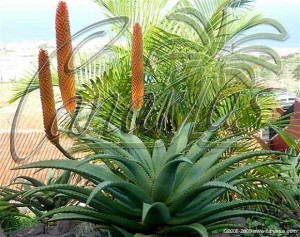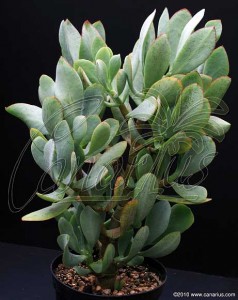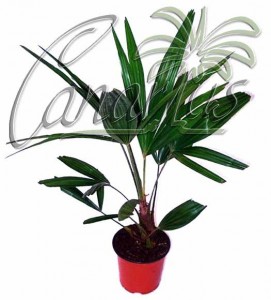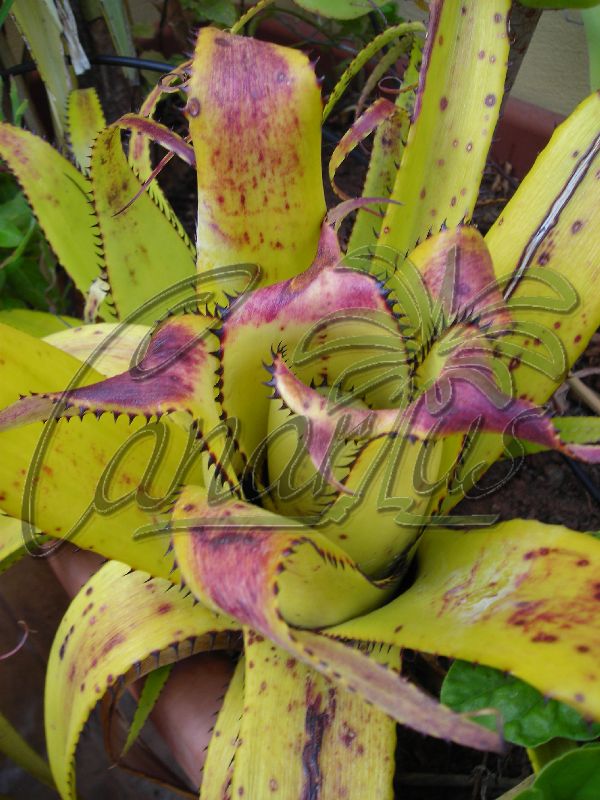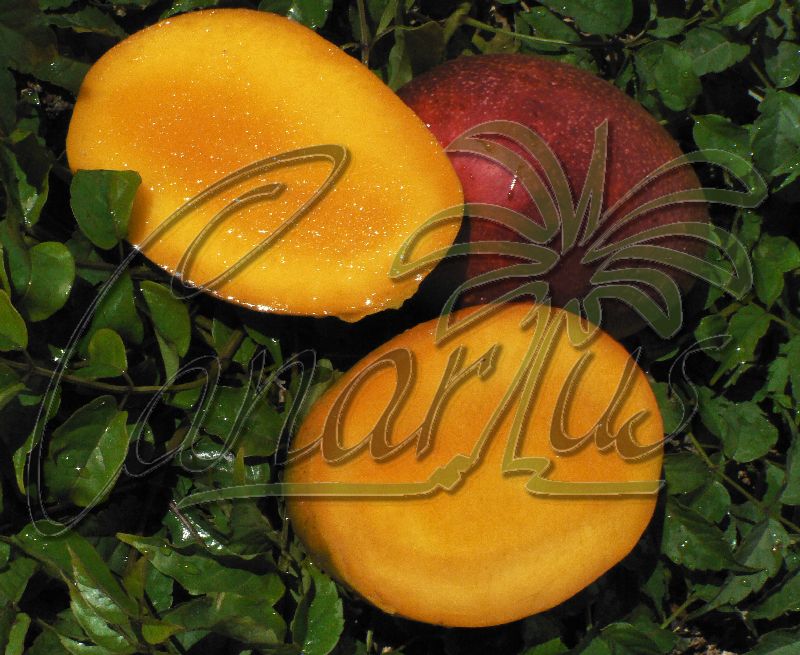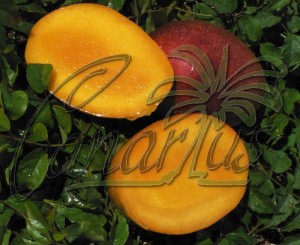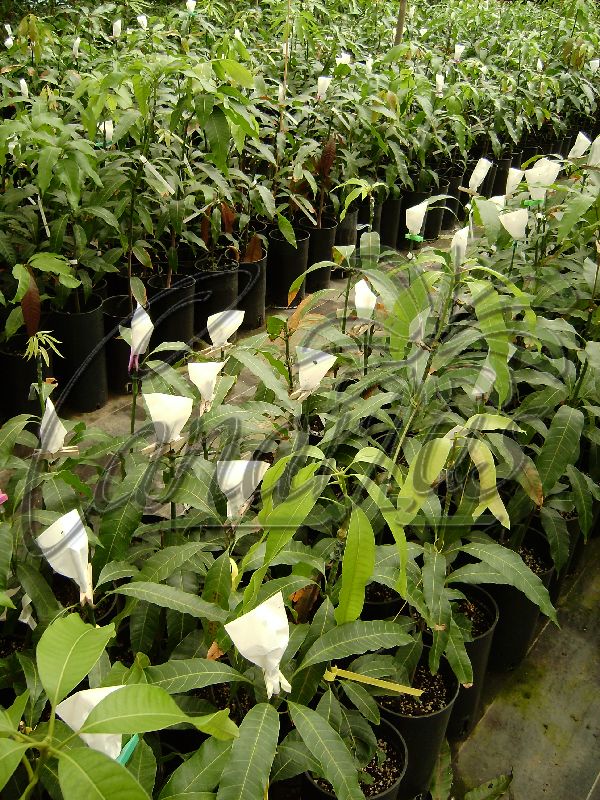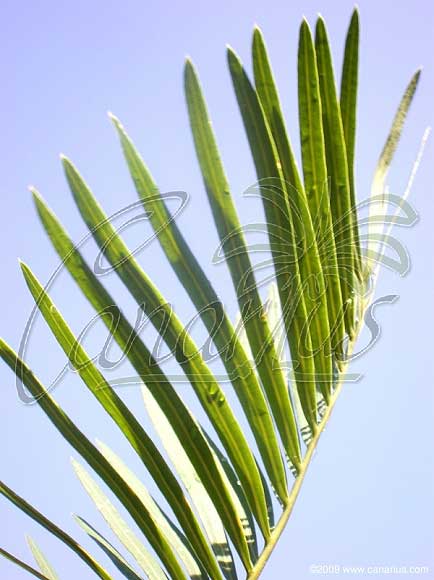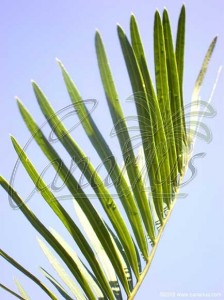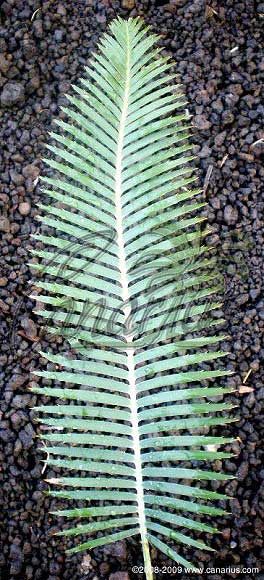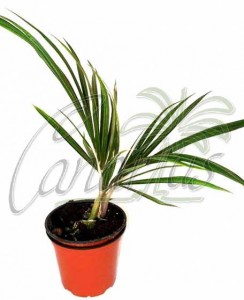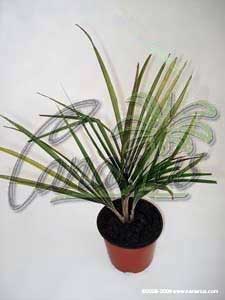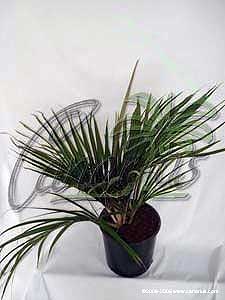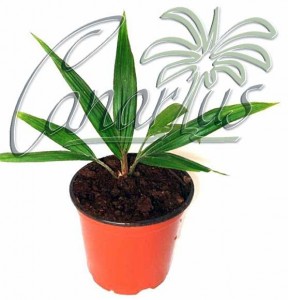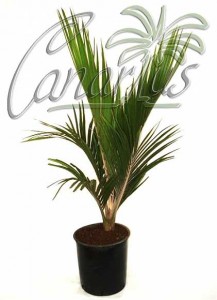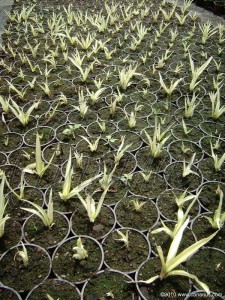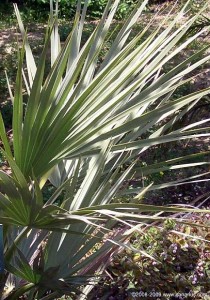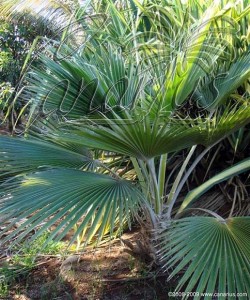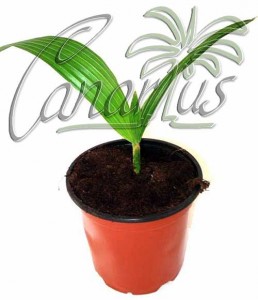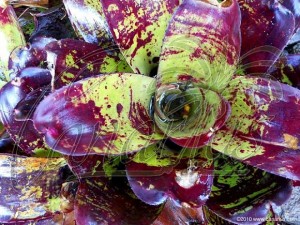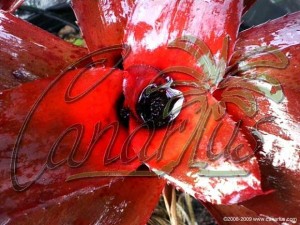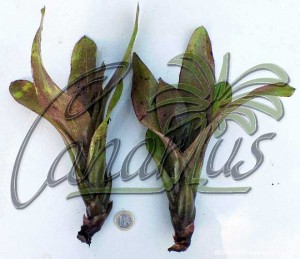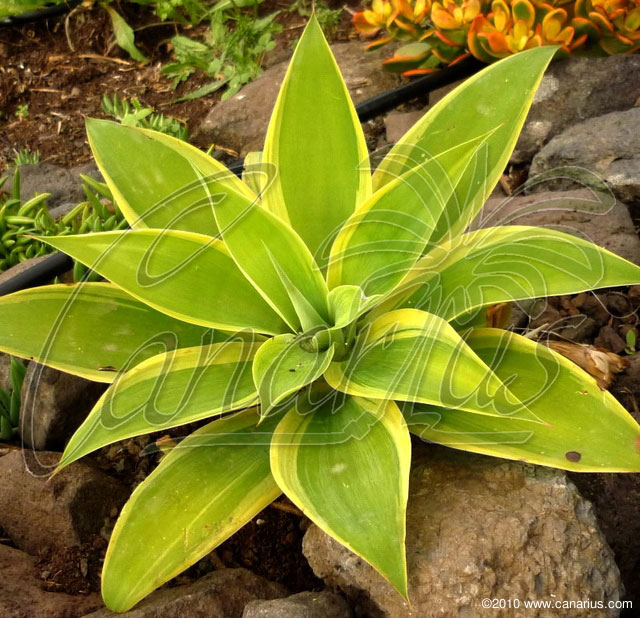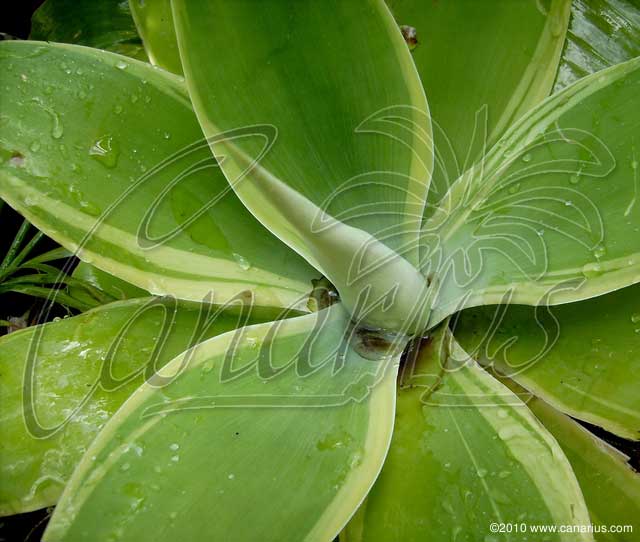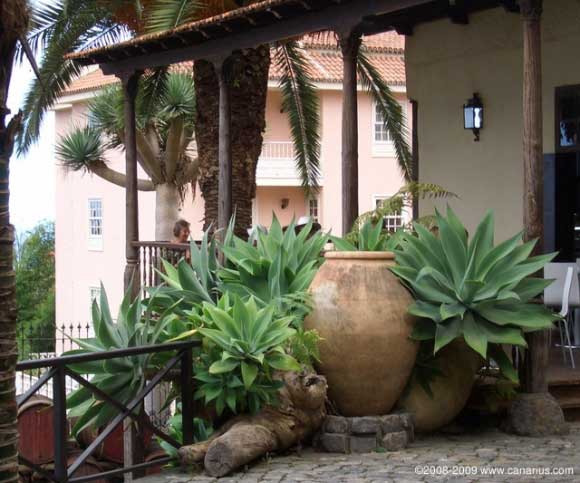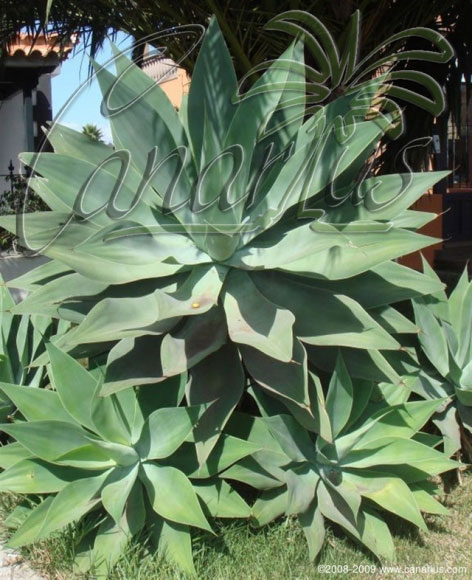When will the new catalog be ready?
This is just a preview. Products are not yet available. Furthermore, there is not exactly a “new catalog” . We keep a dynamic website, so new products will be added little by little, since late March to mid June. As we did during the past few years the catalog will grow larger because we will add new plants but we will also keep about all the existing species in the website.
What will be new?
More than 100 new species will be added and all categories will substantially be increased! Read the list at the bottom of this post and you will find the new products for www.canarius.com : palms, cycads, bromeliads, fruit trees, aloes and lots of other succulent plants. These lists are not exact but they will give you a preview of what we wish to offer.
What else will happen?
The nurseries are increasing their stock of Agave, Bromeliads and Exotic Fruit Trees. Probably not in Spring, but by the end of 2011 you will see lots of new entries in these categories. Also our offer of foods is going to rise substantially.
Succulent plants will become very important in our shop. We increase dramatically our offer of aloes and we will create new categories for Crassulaceae and Mesembryanthemaceae.
Fruit trees will be also be offered soon in smaller sized pots. The trees we have sold so far are grown in tall, heavier pots and they are a bit too expensive to ship. Many of our customers requested smaller sizes for a cheaper shipment.
What about prices?
We cannot push the price down, but our stock of Palms and Cycads is growing larger and we will not rise the price. About all palms and cycads now offered in the website are already larger than stated (measurements refer to July 2010).
Also are trying to work smaller pot sizes in many plants in order to lower shipping costs.
Can I reserve items?
You cannot reserve an item which is not yet published in the catalog.
All the new plants will be available soon. Please come back and check.
New Palms for Spring 2011
- Arenga hookeriana
- Butia odorata
- Carpentaria acuminata
- Chamadorea ernesti-augusti
- Chamadorea microspadix
- Chamadorea pinnatifrons
- Chamadorea plumosa
- Chamadorea radicalis
- Coccothrinax boschiana
- Corypha umbraculifera
- Cryosophila guagara
- Cyphophoenix elegans
- Cyphophoenix nucele
- Dictyocaryum lamarckianum
- Dypsis onilahensis
- Dypsis pembana
- Dypsis pinnatifrons
- Dypsis cabadae
- Euterpe edulis
- Guihaia argyrata
- Pritchardia munroi
- Washingtonia robusta
New Bromeliads for Spring 2011
- Aechmea aquilega
- Aechmea nudicaulis
- Aechmea kertesziae (Frost Hardy)
- Neoregelia joannis
- Neoregelia olens
- Neoregelia spectabilis Hoja Ancha (Wide Leaf)
- Billbergia leptopoda
- Billbergia vittata
- Billbergia x Catherine Wilson
- Billbergia x Muriel Waterman
- Quesnelia lateralis
New Tropical Fruit Trees for Spring 2011
We did not receive the list yet. We will add some new varieties of fruit trees.
New Cycads for Spring 2011
- Ceratozamia hildae
- Cycas shanyaensis
- Cycas X revoluta x debaoensis
- Macrozamia glaucophylla
- Macrozamia johnsonii
- Lepidozamia peroffskiana
- Encephalartos eugene-maraisii
New Aloes, Gasterias and Haworthias for Spring 2011
- Aloe aristata
- Aloe bakeri
- Aloe brevifolia
- Aloe jacksonii
- Aloe jucunda
- Aloe juvenna
- Aloe microstigma
- Aloe reynoldsii
- Aloe striata
- Aloe wickensii
- Aloe cv Pink Blush
- Aloe rivierei
- Aloe dichotoma
- Aloe dyeri
- Aloe maculata
- Aloe lateritia var graminicola
- Aloe ellenbecki
- Aloe juvenna
- Aloe jacksonii
- Aloe kedongensis
- Aloe parvibracteta hybrid
- Aloe prinsloii
- Aloe scorpioides
- Aloe x Nuwerus
- Aloe aff lineata
- Aloe dewetti
- Aloe x reitzii F1
- Aloe x reitzii F2
- Gasteria carinata var verrucosa
- Gasteria bicolor var. liliputana
- Gasteria carinata
- Haworthia reinwardtii
- Haworthia rigida
- Haworthia truncata
- Haworthia venosa
- Haworthia limifolia var. limifolia
- Haworthia limifolia var. ubomboensis
- Haworthia retusa
- Haworthia rigida
New Agaves for Spring 2011
- Agave attenuata var cerulata
- Agave potatorum
- Agave victoria reginae
- +8 more species and hybrids
New Crassulaceae for Spring 2011
The list below shows about 1/3 of what we plan to offer. We will create a new category for this family of succulent plants.
- Adromischus cooperi
- Adromischus triflorus
- Aeonium arboreum cv. Zwartkop
- Aeonium cv. Kiwi
- Cotyledon orbiculata var. spuria
- Crassula capitella cv. Campfire
- Crassula lycopoides variegata
- Crassula ovata Hummels Sunset
- Crassula rossularis
- Crassula tetragona
- Cotyledon tomentosa
- Cotyledon woodii x velutiana Natural hybrid
- Crassula coccinea cv. Flame
- Crassula cornuta
- Crassula nealeana nana branched
- Crassula orbiculata var. orbiculata
- Crassula ovata cv. Hobbit
- Crassula rupestris var. marnieriana
- Crassula sarmentosa variegata
- Echeveria albicans
- Echeveria runyonii „Topsi Turvi“
- Echeveria tolimanensis
- Graptopetalum amethystina
- Kalanchoe beharensis
- Kalanchoe gastonis-bonnieri
- Kalanchoe millotii
- Pachyphytum longifolium
- Sedum burrito
- x Pachyveria exotica
New Mesembryanthemaceae for Spring 2011
We will create a new category for this family of succulent plants.
- Argyroderma fissum
- Carruanthus ringens
- Cephalophyllum pillansii
- Cheiridopsis candidissima
- Cheiridopsis purpurea
- Lapidaria margarethae
- Pleiospilos nelii
- Pleispilos bolusii
- Rhombophyllum nelii
New “Other Succulents” for Spring 2011
- Sansevieria cv Gloden Hahnii
- Jathropha podagrica
- Albuca humilis
- Cissus quadrangularis
- Cissus rotundifolia
- Kleinia neriifolia
- Lophophora willamsii
- Dasylirion zacateca
- Anacampseros telephiastrum
- Euphorbia resinifera fuerte branched
- Hoya obovata
- Hoya pubicalyx cv. Pink Silver
- Hoya pubicalyx cv. Red Button
- Portulacaria afra variegata
- Rhipsalis pilocarpa
- Selenicereus maynardii Red Flowers
- Senecio crassissimus
















